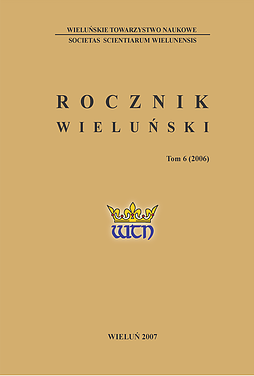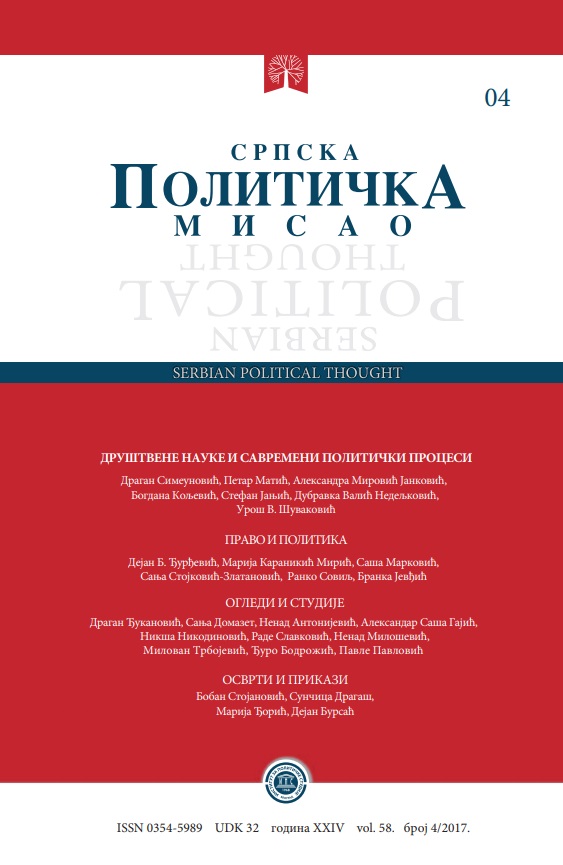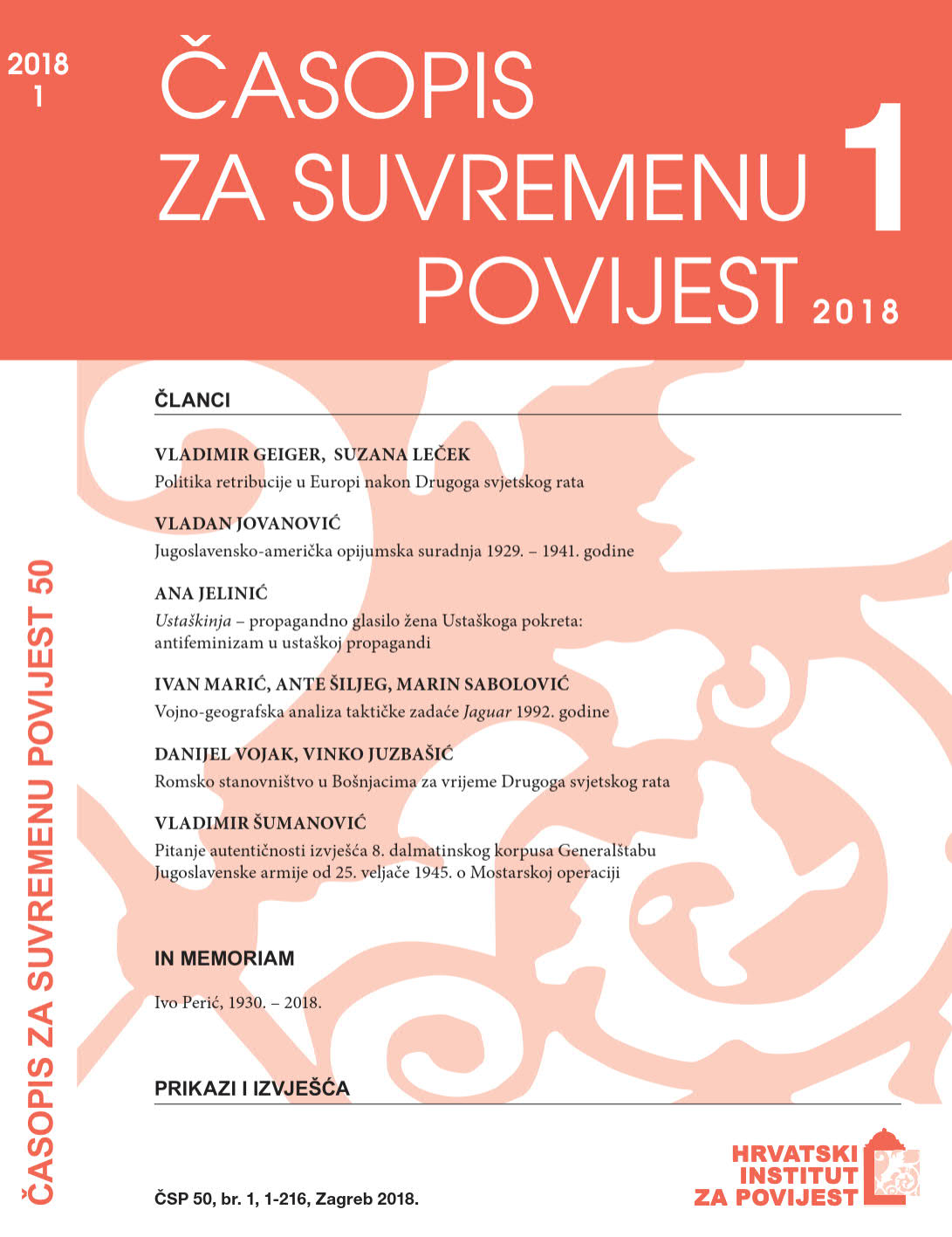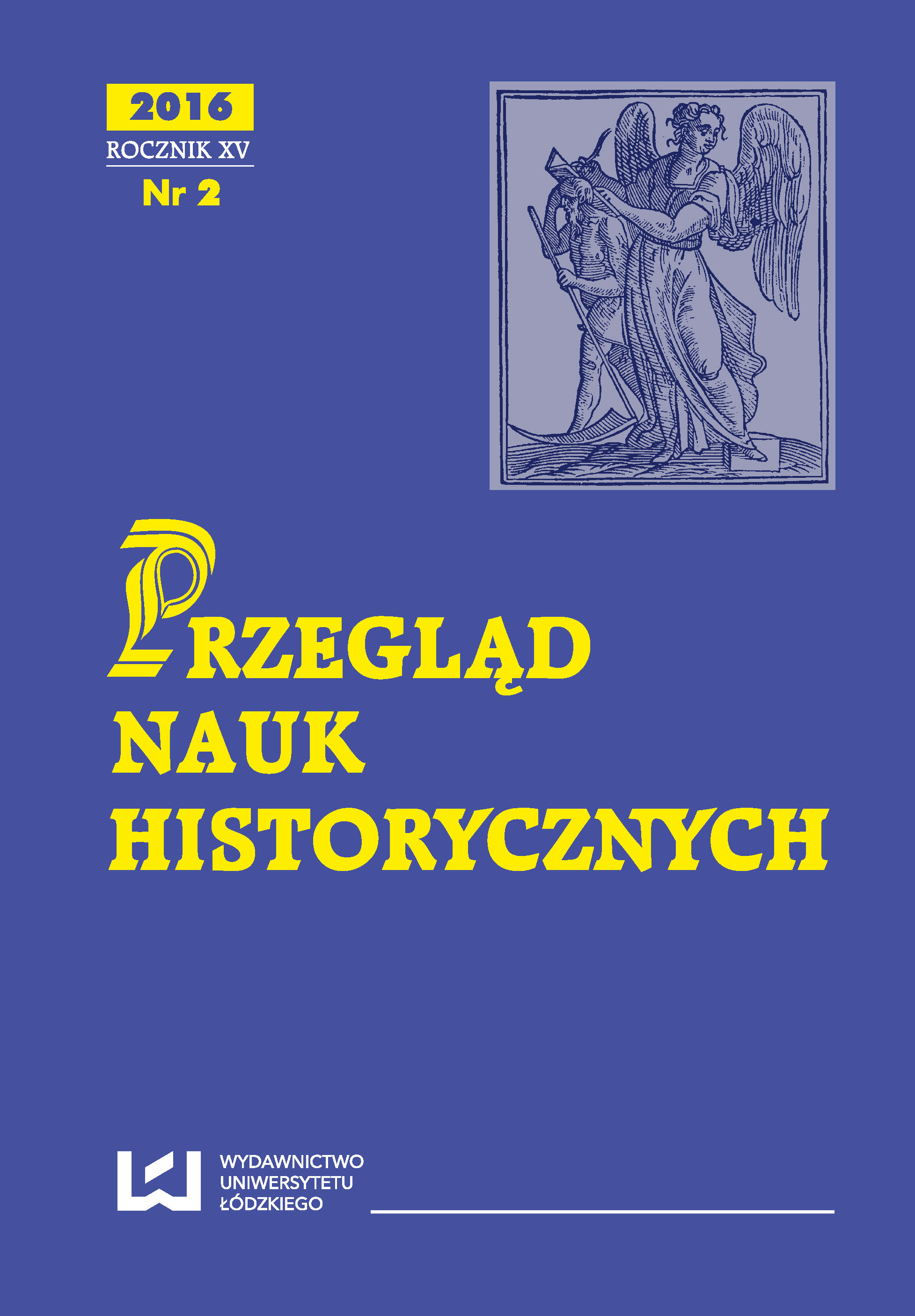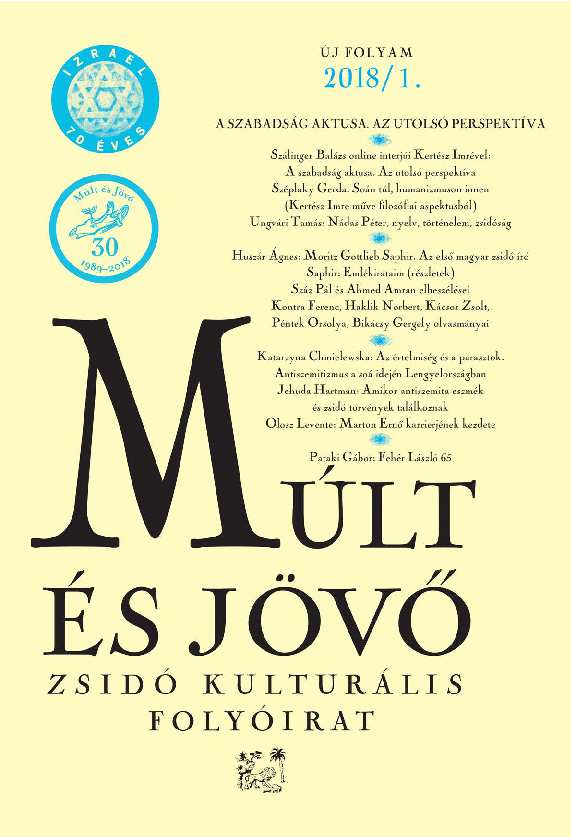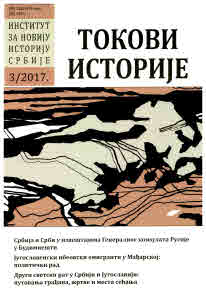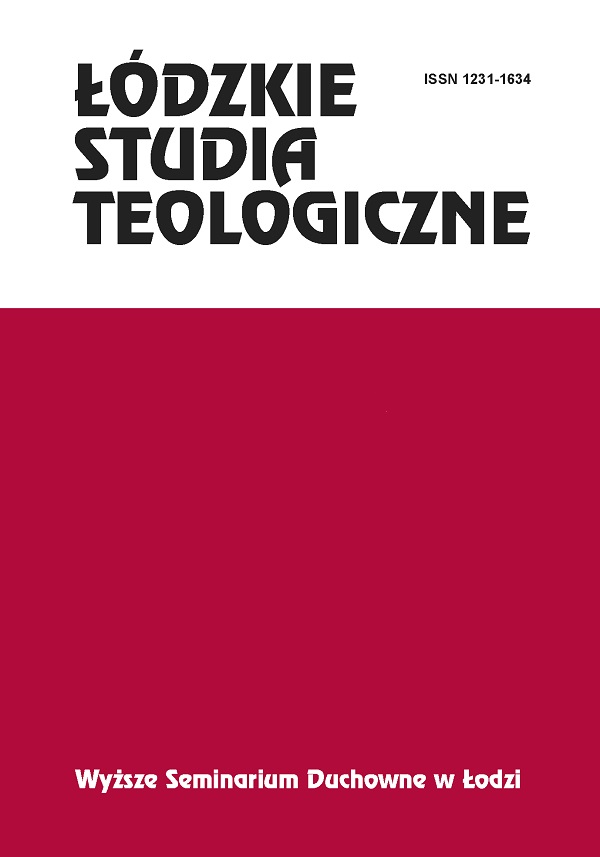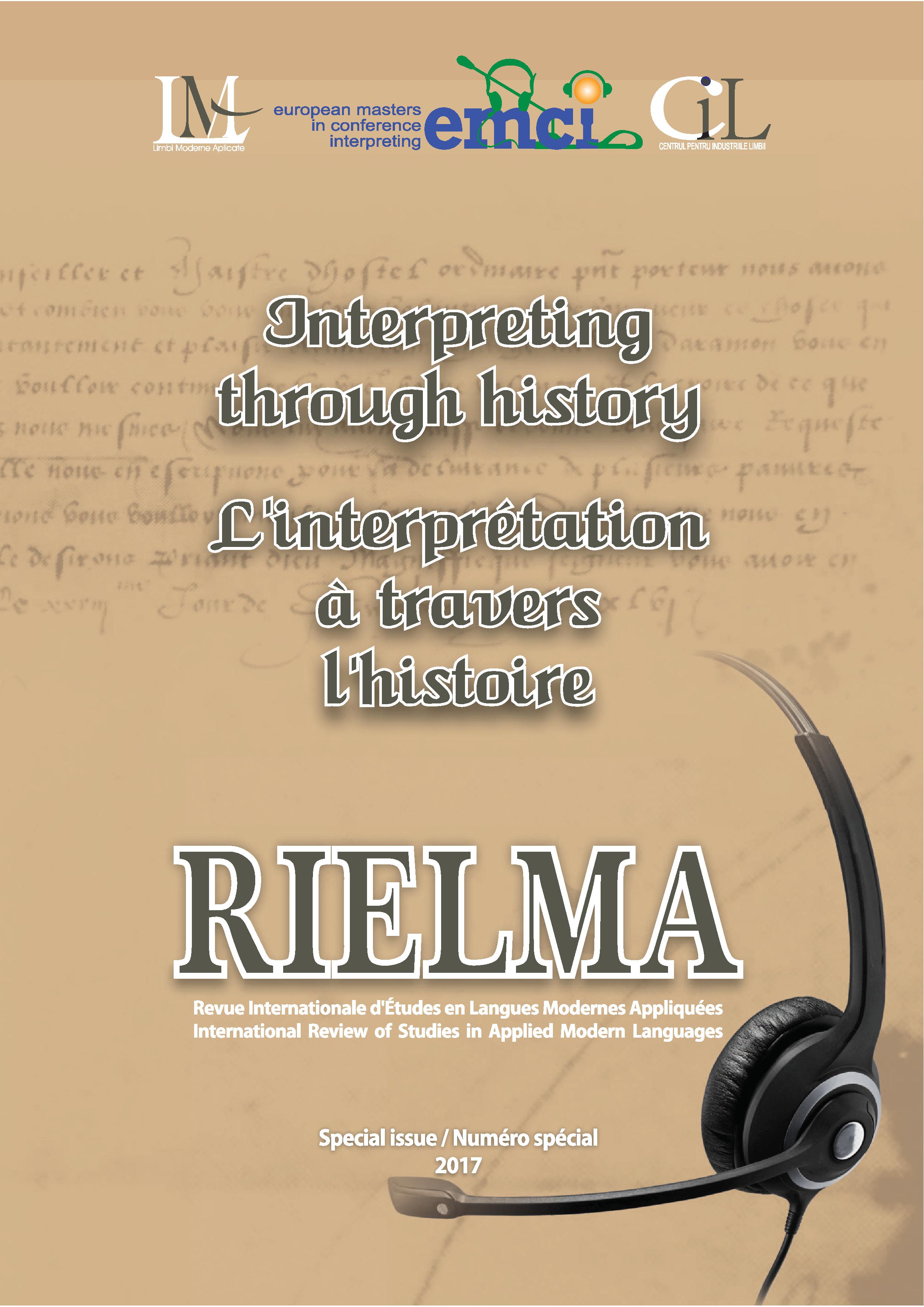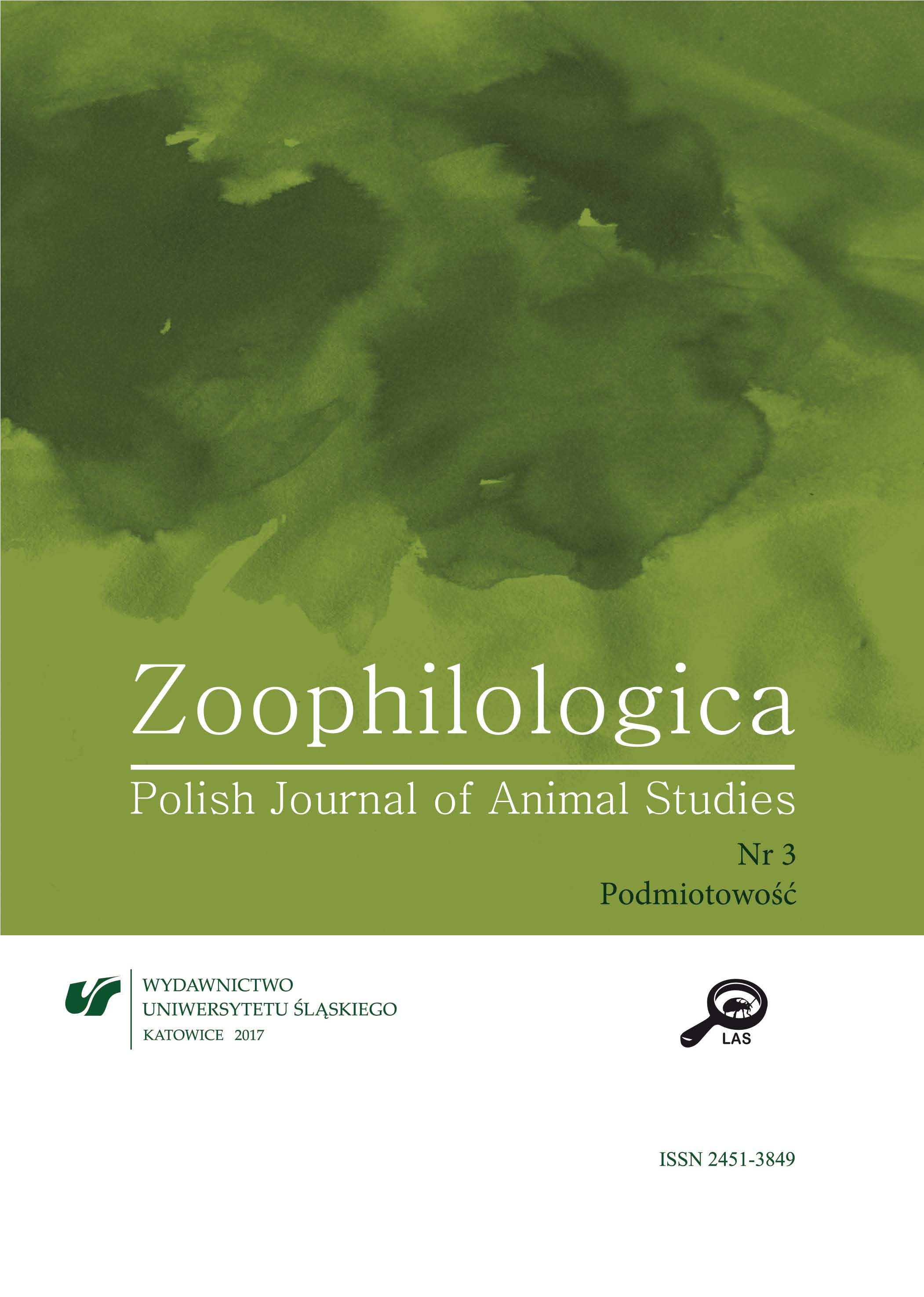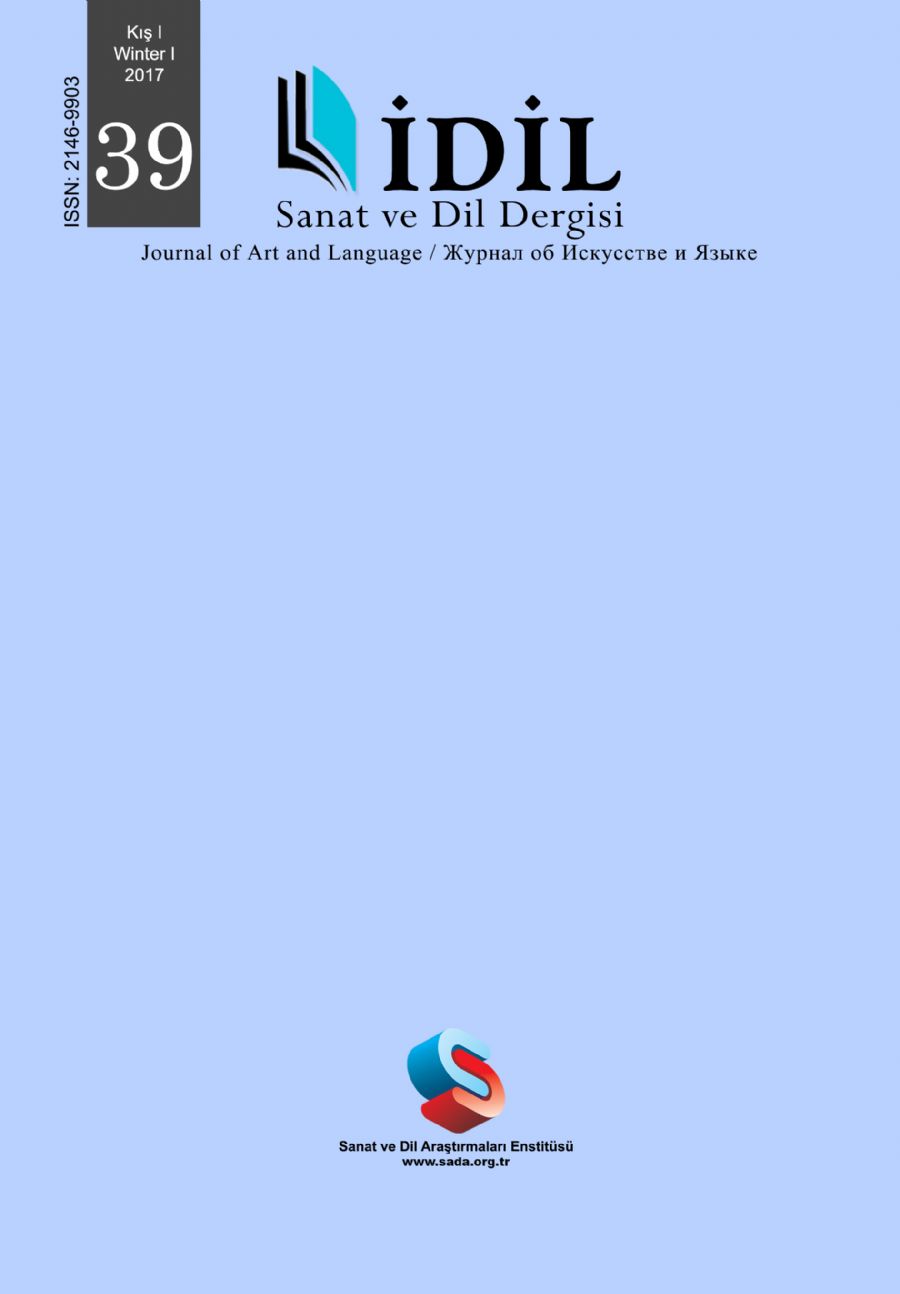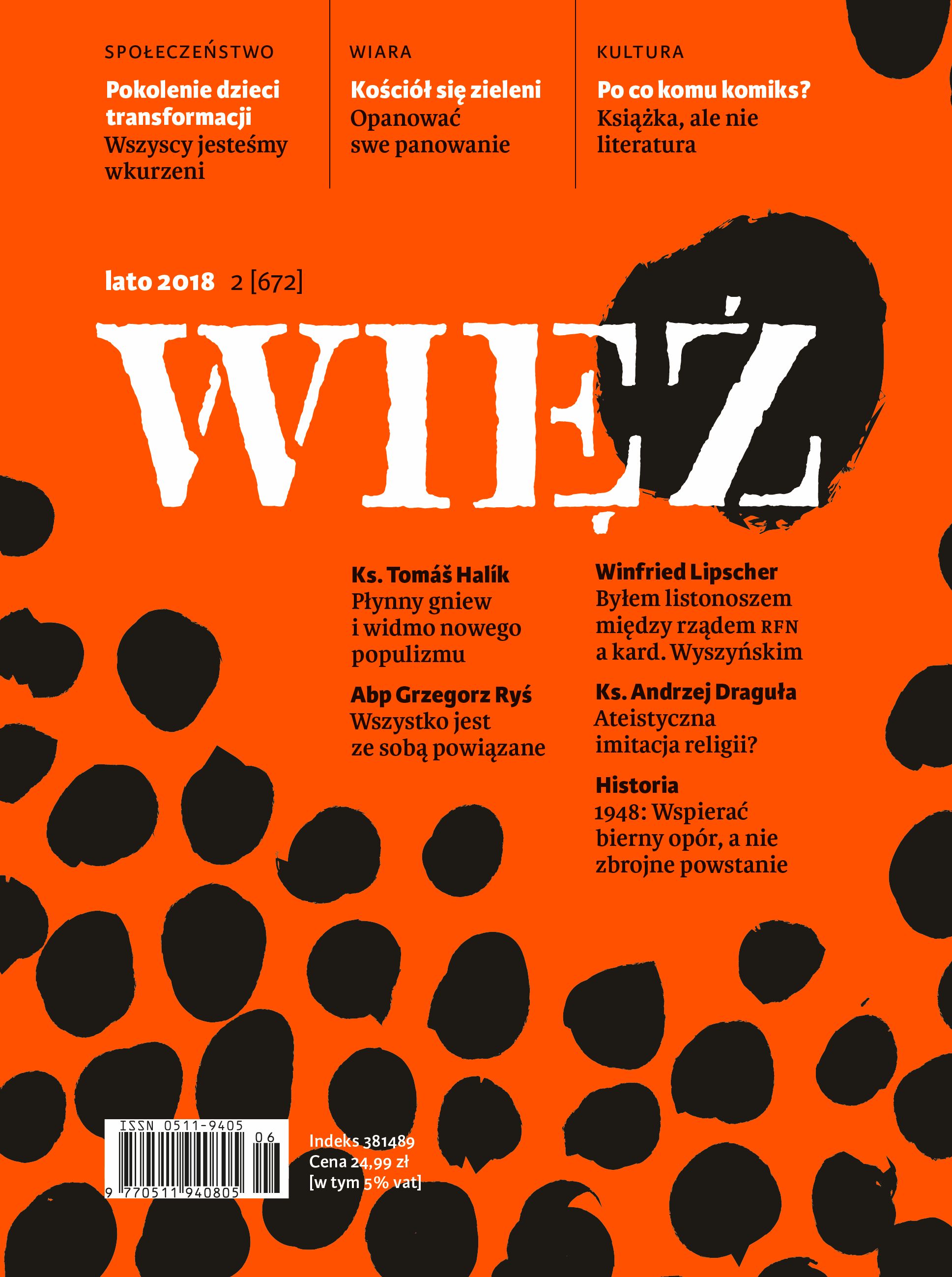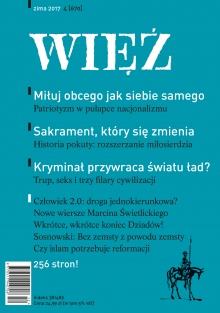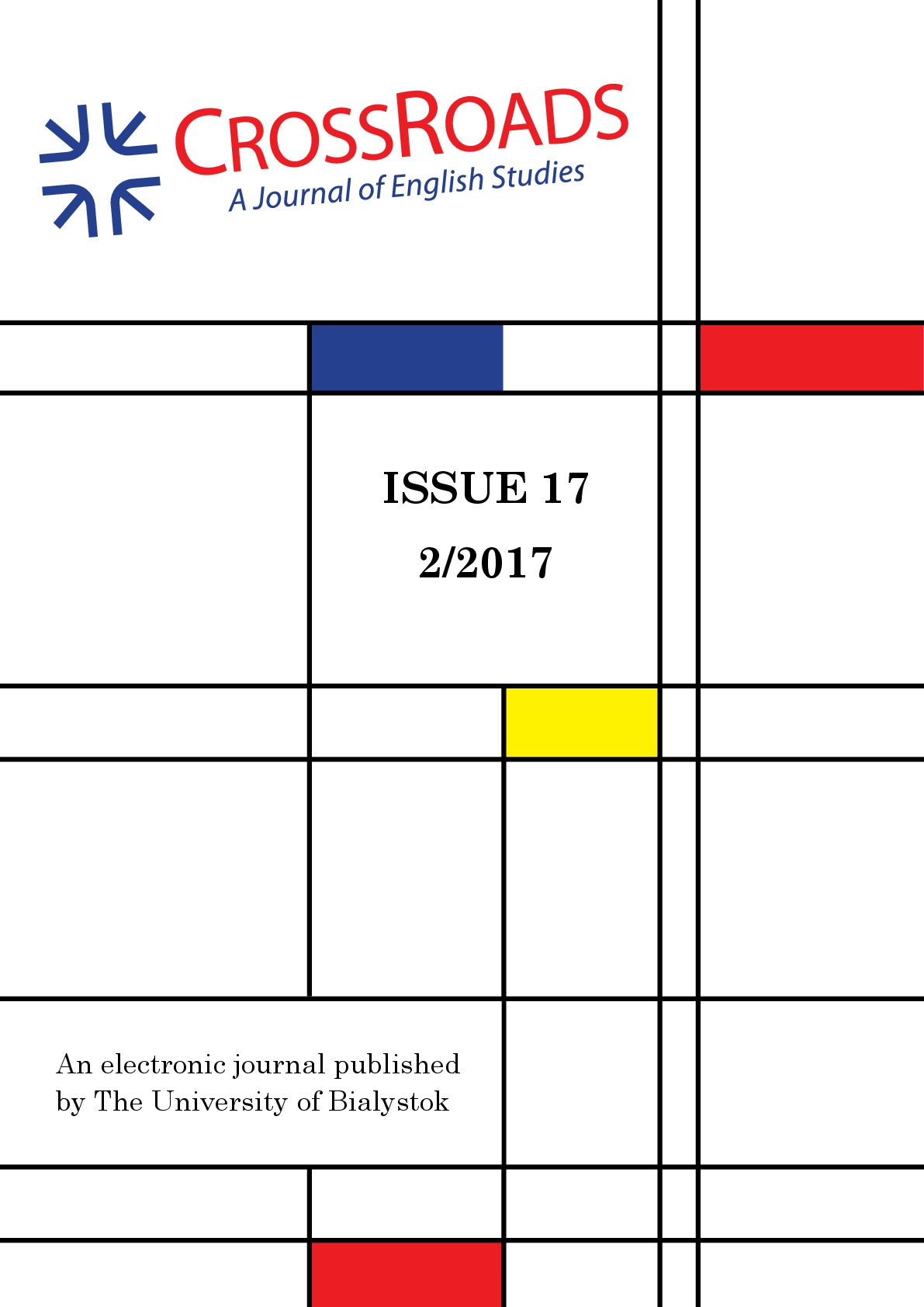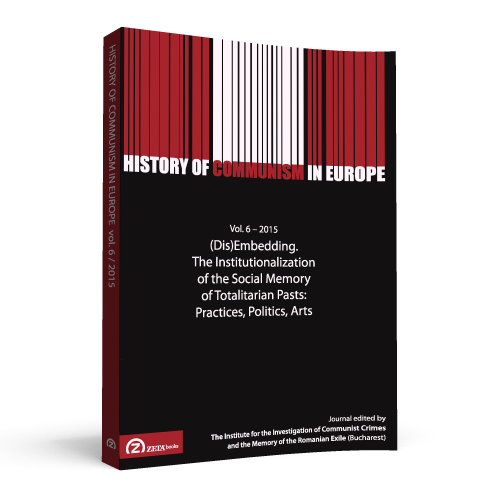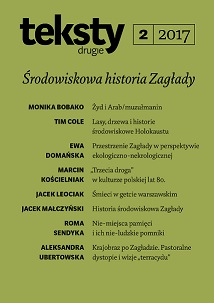Author(s): Eleonora Jedlińska / Language(s): Polish
Issue: 1/2014
The artist was born on November 21, 1893 in Mińsk, Bialorussia. He was the eldest son of a Polish family, though his father was a Lieutenant Colonel of the Tsarist Army. Strzemiński’s first encounter with modern art took place during his studies in Sankt Petersburg. He graduated from Tsar Alexander II Cadet School before studying at a Tsar Nicholas Military College of Engineering (1911–1914). In the middle of 1922, Strzemiński and Katarzyna Kobro – his wife – left the Soviet Smolensk and came to Poland. The events which undermined their and many other artists’ belief in value of art fully expressing the ideas of victory of new forms might have influenced their decision to settle down in Poland. In autumn 1931 Strzemiński moved to Łódź. Following the opening of the International Collection of Modern Art at the Łódź, Strzemiński was offered a teaching position in Łódź. Almost from the beginning Strzemiński was surrounded by young artists, graduates of art schools in Warsaw and Kraków (Stefan Wegner, Aniela Menkes, Jerzy Ryszard Krause, Bolesław Hochlinger). He was their teacher and master. The Public School was not only a place which offered additional training for printers and house-painters, but also the meeting place and studio where theoretical programs and exhibitions were prepared. Strzemiński taught typography and the principles of functioning printing. Another group of students who studied with Strzemiński was recommended to him by Mojżesz Broderson and Jankel Adler. It was the group of very young Jewish students: Samuel Szczekacz, Julian Lewin and Pinkus Szwarc. They started a private evening course at the Public School of Technical Training No. 10 in Łódź. The intensive art course attended by thise group included practical elements inspired by the image-making and spatial form techniques developed by Pablo Picasso, Kazimierz Malewicz, Piet Mondrian, Strzemiński and Kobro, and Jean Arp. These forms of art are known as cubism, unism, nepolasticism, suprematism and surrealism. Strzemiński and Kobro spent the summer 1939 together with their daughter Nika in Hel Peninsula. When the war broke-out, they left Łódź and headed East, where they spent the sever winter of 1939/1940. The first war series of drawings was created there. In May 1940 the artists came back to Łódź/Litzmannstadt. The first 3 months after the invasion of the city by the German was a period of massive extermination, including creation of Łódź ghetto. The Strzemińskis, without work, prose cuted for their revolutionary artistic activities tried to survive; at the end of war Strzemiński was seriously ill. In this period artist the artist drew a series of six drawings made in pencil on paper (Deportation). The drawings made in a winding line and showing deformed, as if deprived of the structure human beings, created the artist’s auto-commentary. After the series Deportation he created the next series War Against Homes (1941) and Faces, which consist of closed forms drawn in thin, wavy line suggesting eyeless human faces composed of fragmented facial features of anonymous people. Then the series Cheap as Mad (1942–1944) was created. These drawings were produced during the war and are highly deformed, drawn in one contour of an amorphous line. The last cycle connected with war and the Holocaust was a series of collages dedicated To My Friends the Jews. He re-used copied by carbon paper war drawings of the previous series as a matrix. The artistic technique used here by Strzemiński touches the primary, in relation to the Holocaust. The Holocaust should exist for us as „an empty place”, one which cannot be possessed by means of the metaphor. This place of lack or the fissure is filled here with documentary photographs, which give the evidence and confirm the extermination. At the bottom there is the cut out photo showing a charred corpse. The sketchy line and the charred corpse are joined together by the red color of splutter of blood. In other works of this series the artist used a photographic document showing children from an orphanage in the Litzmannstadt ghetto in the company of their caregivers going in pairs to the extermination camp in Chełmno. Mendel Grossman was a Jewish photographer in Łódź/Litzmannstadt ghetto and author of one of a few photographes used by Strzemiński (The Empty Shinbones of the Crematoria). Strzemiński used in his collages also the documentary photographs printed in Polish newspapers, edited between 1945 and 1946. It was the time of Nuremberg Trials, and the time when the pictures made by photographers of the US Army at time of liberation of concentration camps were published [Stretched by the Strings of Legs and Vow and Oath to the Memory of Hands (The Existence which We Do Not Know)]. Strzemiński also used the photographs from „The Stroop Report” – 75-page official report and a series of approximately 52 photographs prepared in May 1943 by the commander of the forces that liquidated the Warsaw Ghetto. The art work titled With the Ruins of Demolished Eye Sockets presents a solitary man among the ruins of Warsaw Ghetto, and is from „The Stroop Report”. Strzemiński rejected Communism in the 20ies and then Fascism in the 30ies but didn’t find the canon, which could negate his feeling of helplessness and nonsense, losing himself in a lack of form of his war drawings. This series of Strzemiński analyzed from the distance of few decades makes a suggestive, forceful and permanent picture of emptiness and void, which he tried to fill with the state of mourn and sadness.
More...
